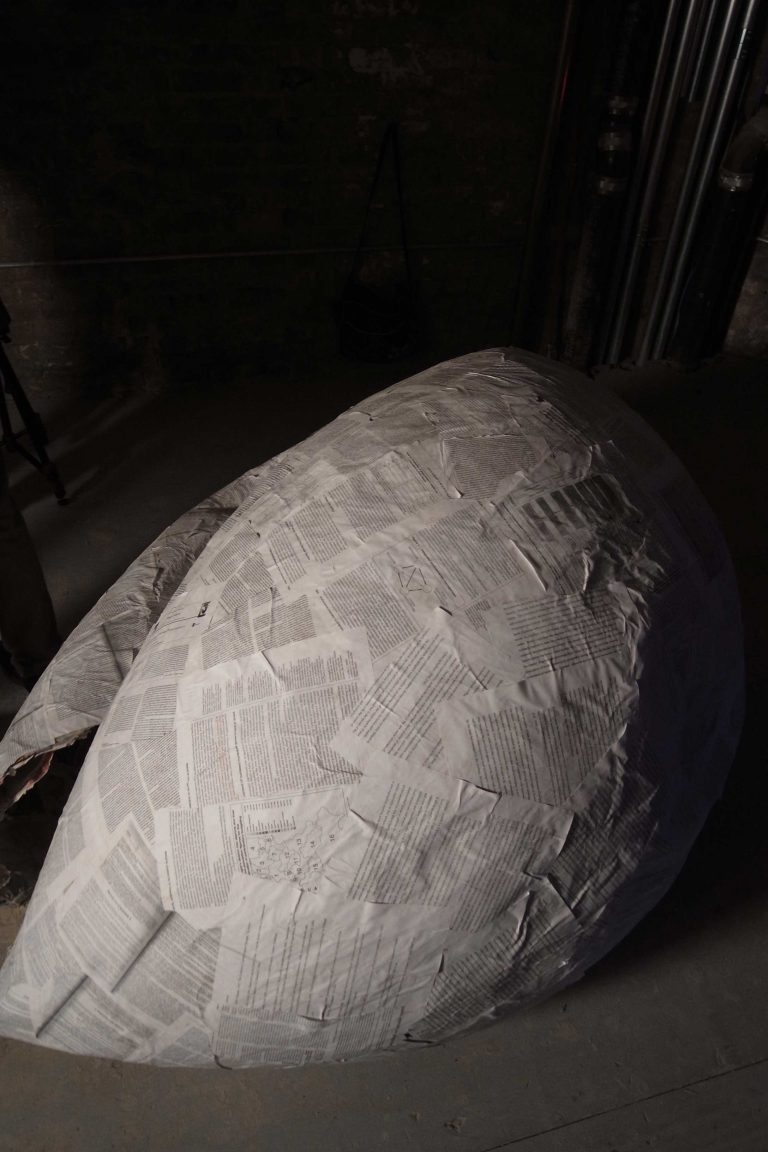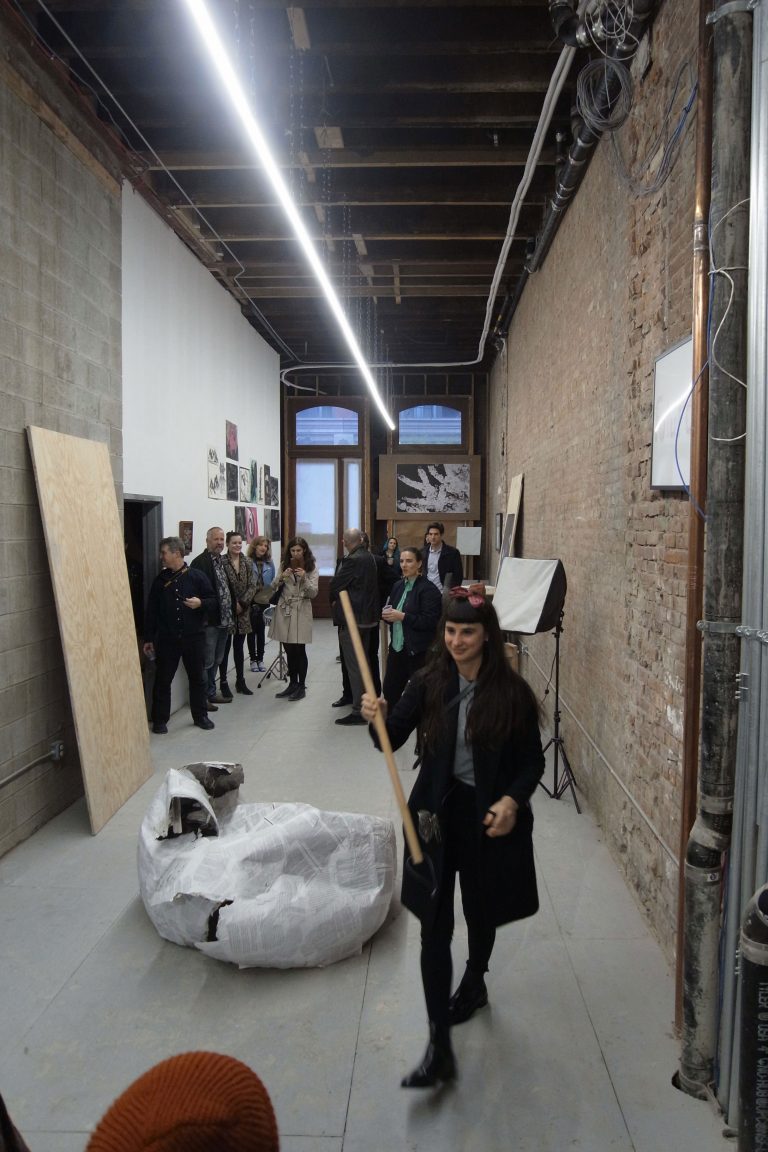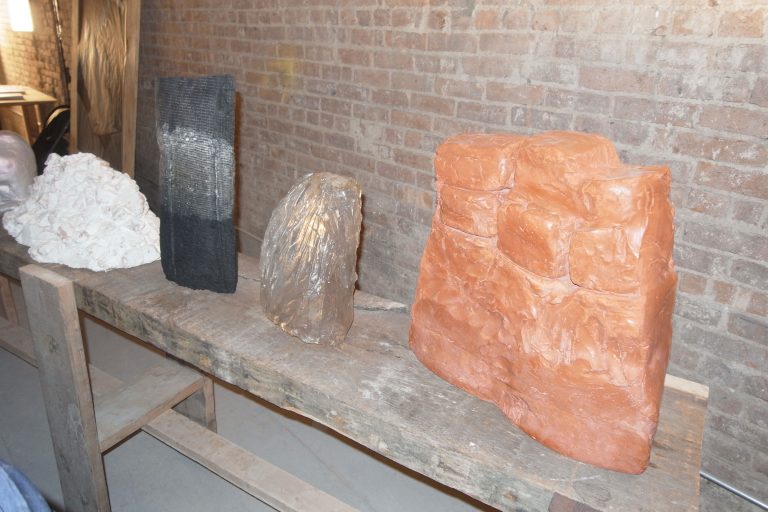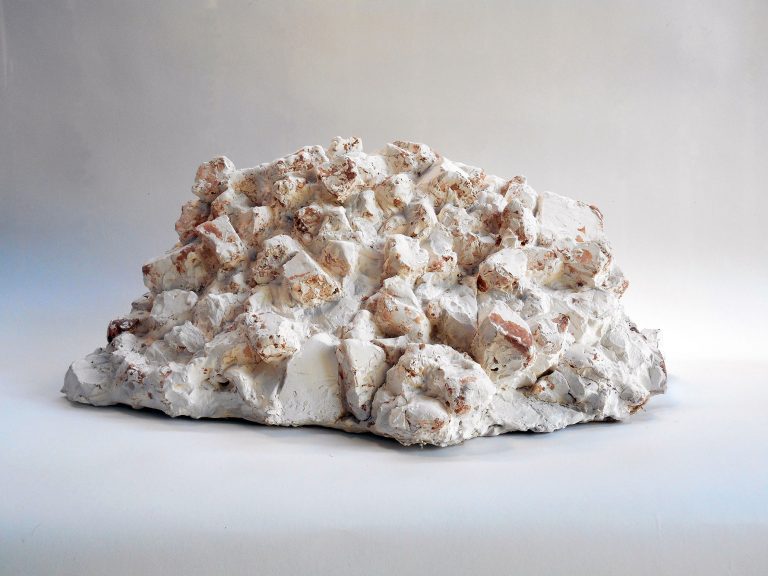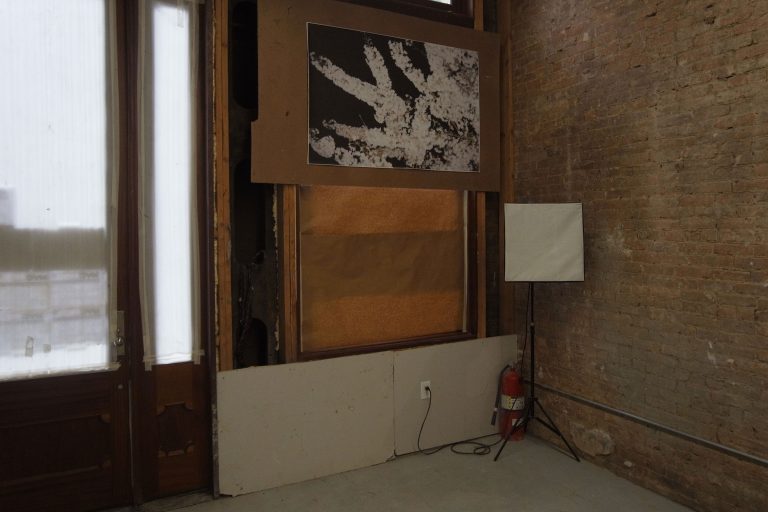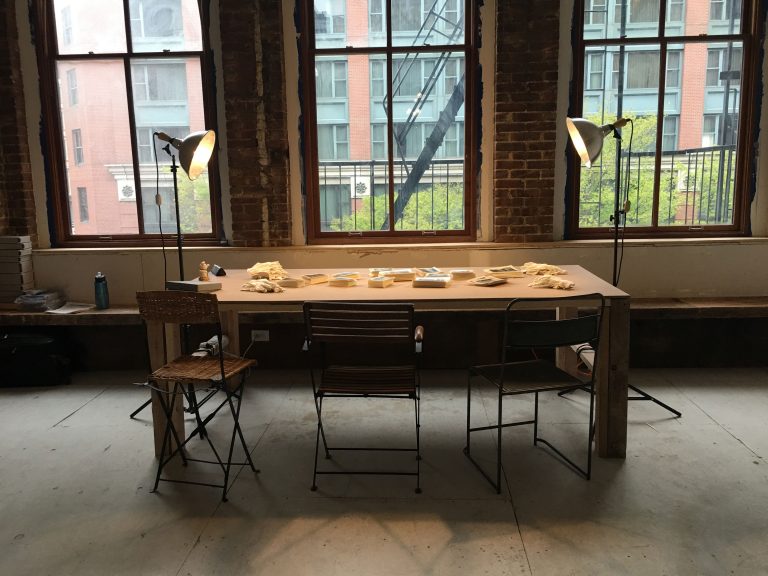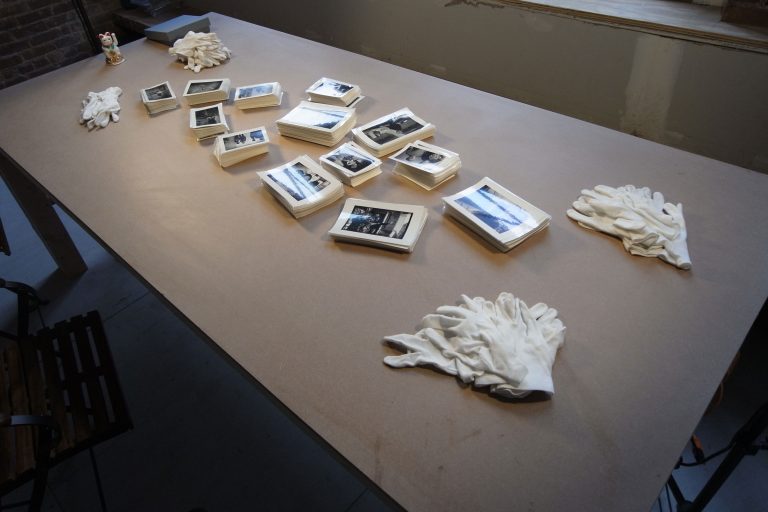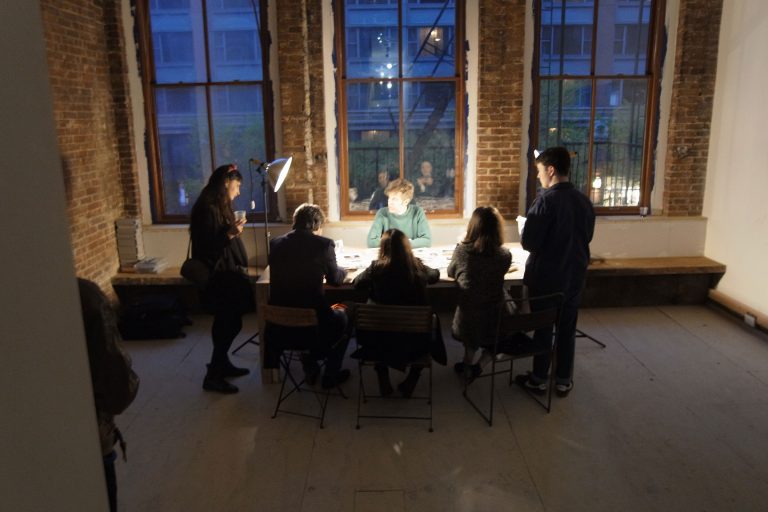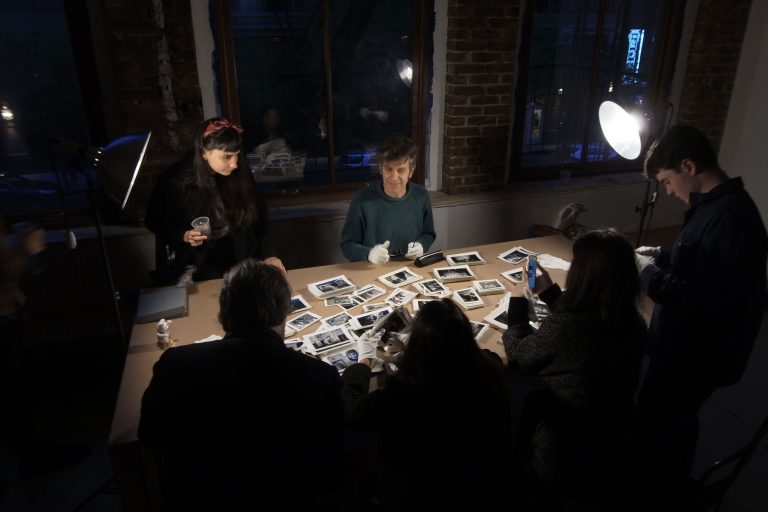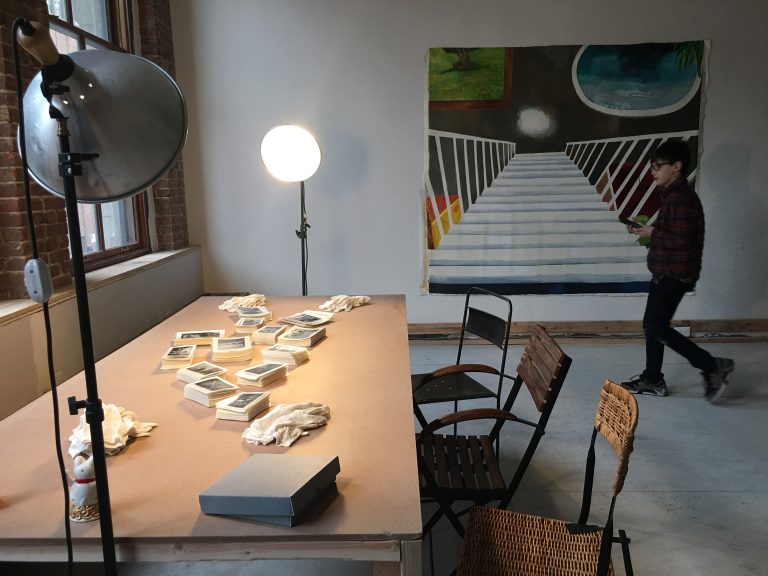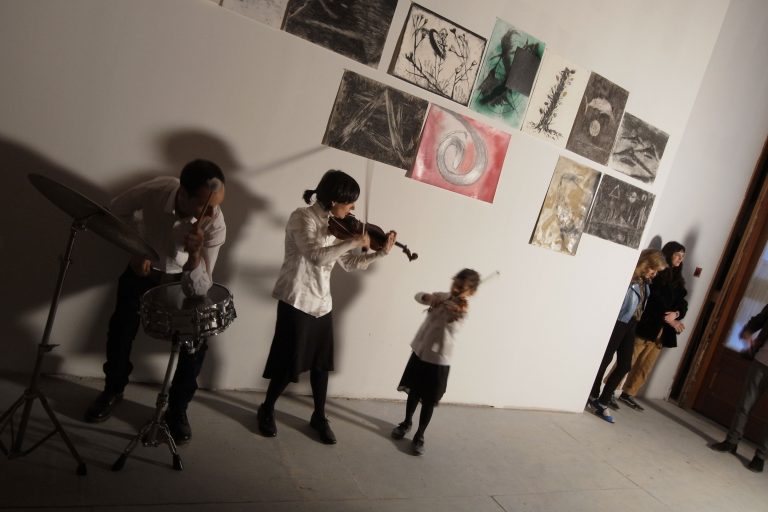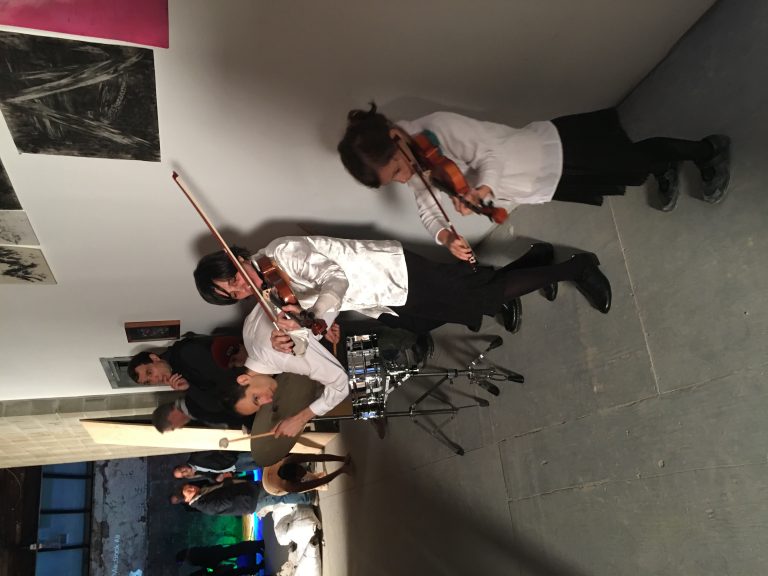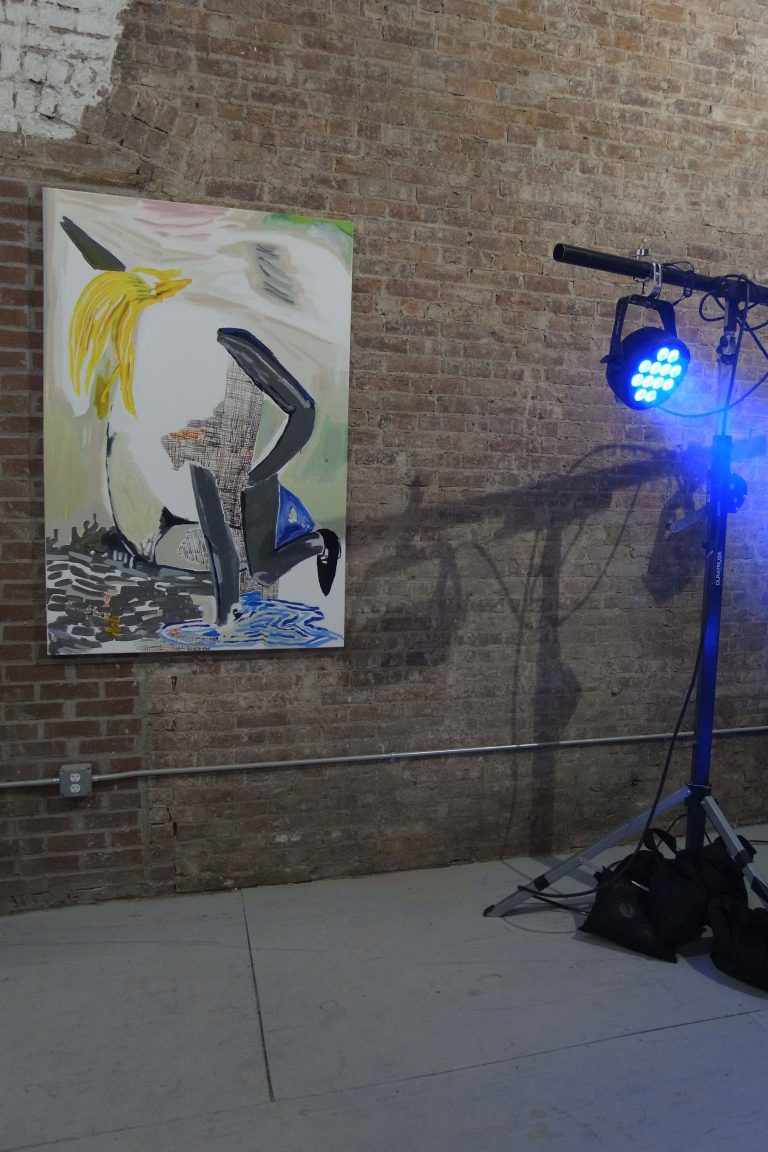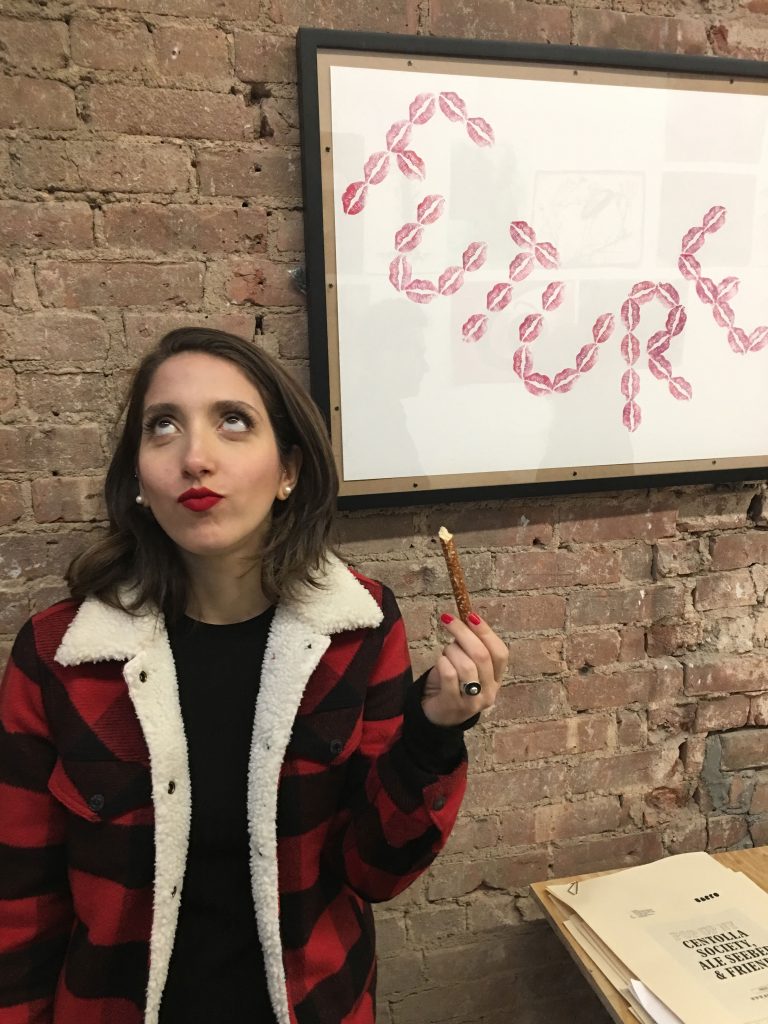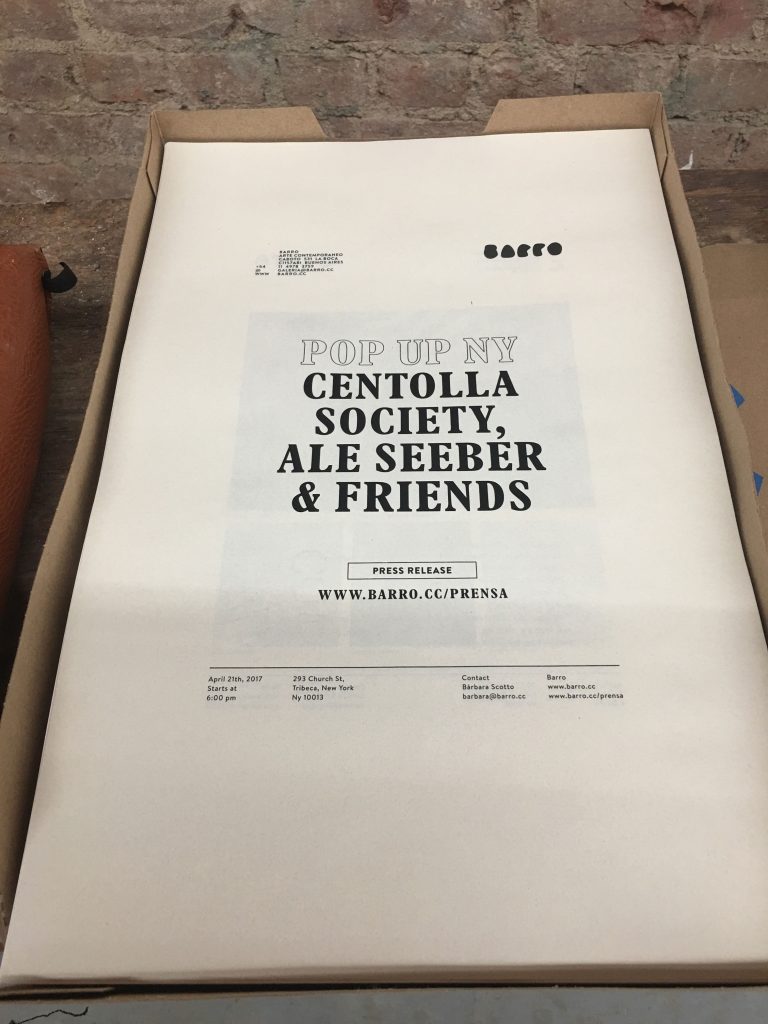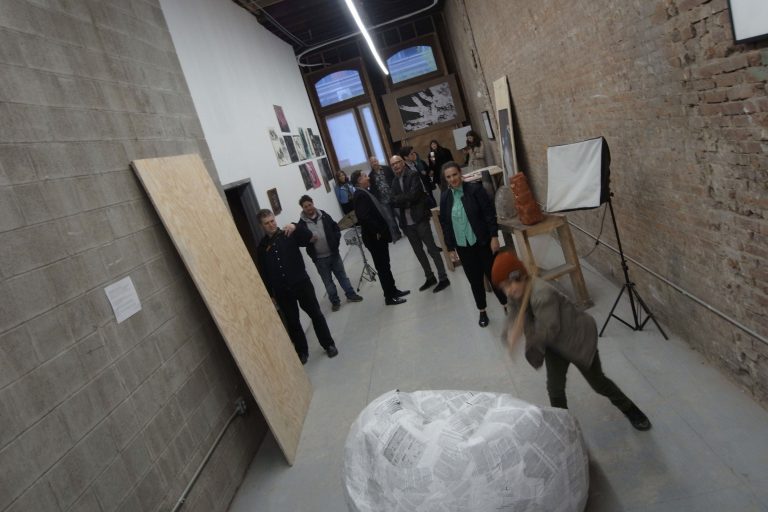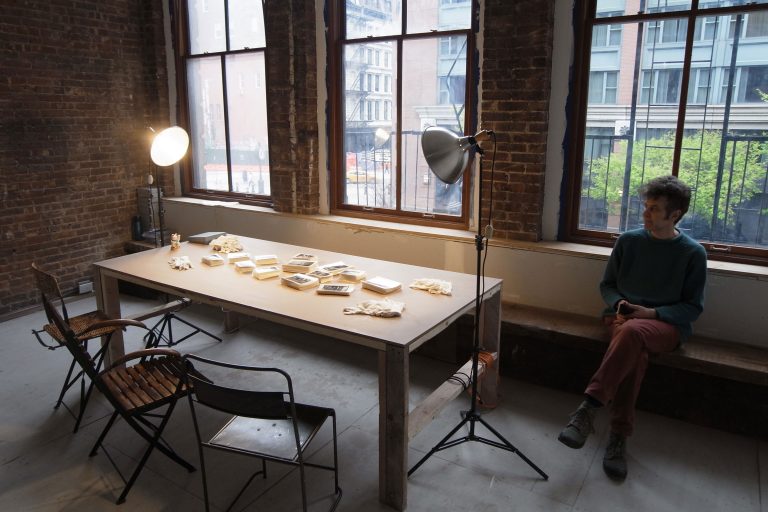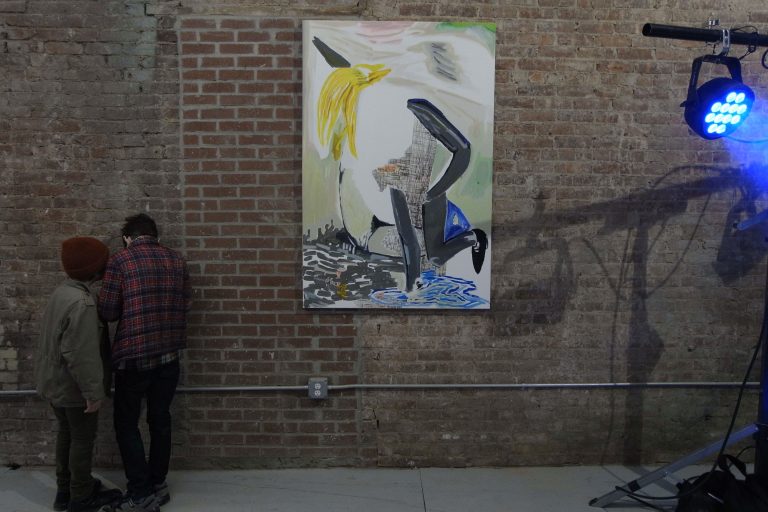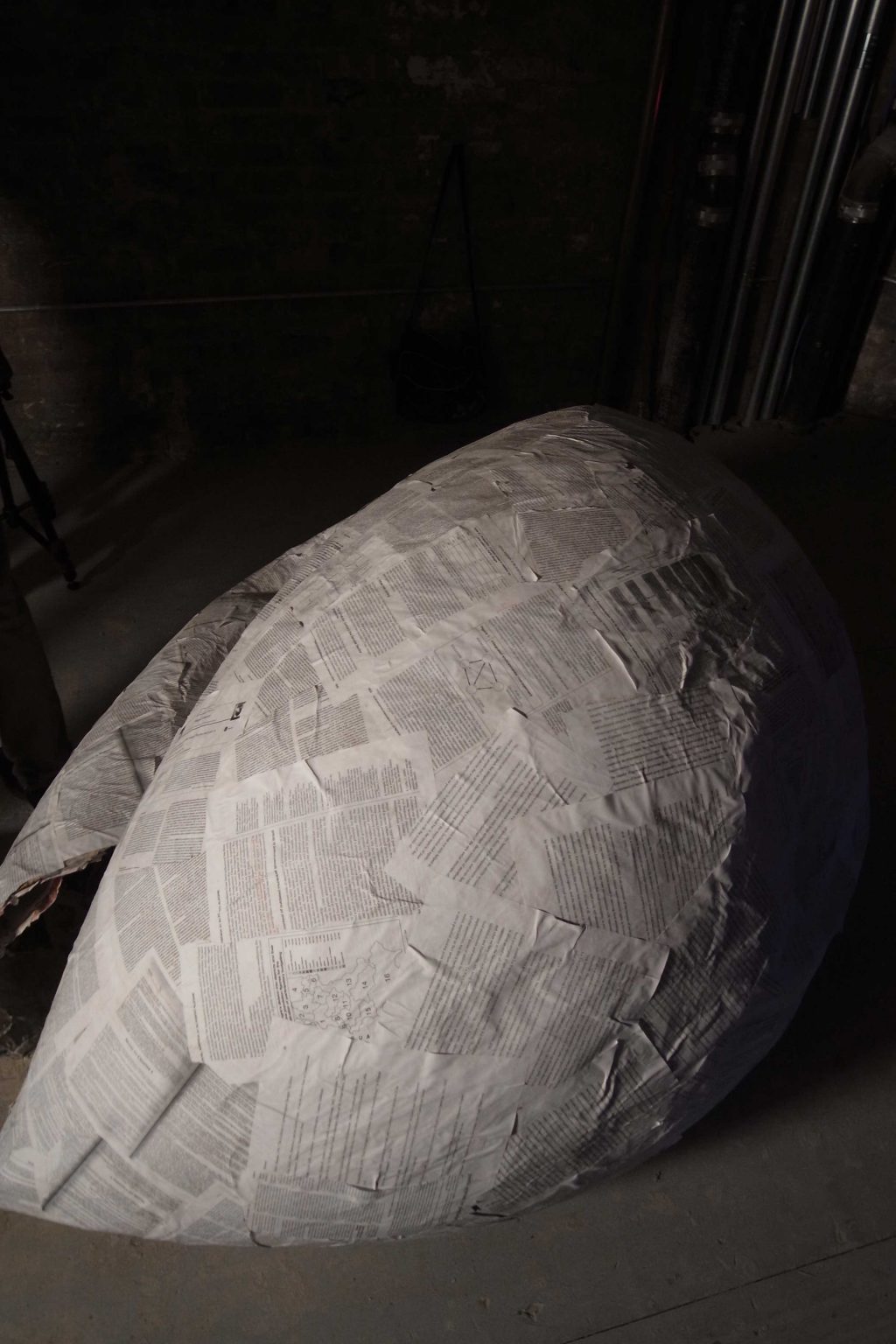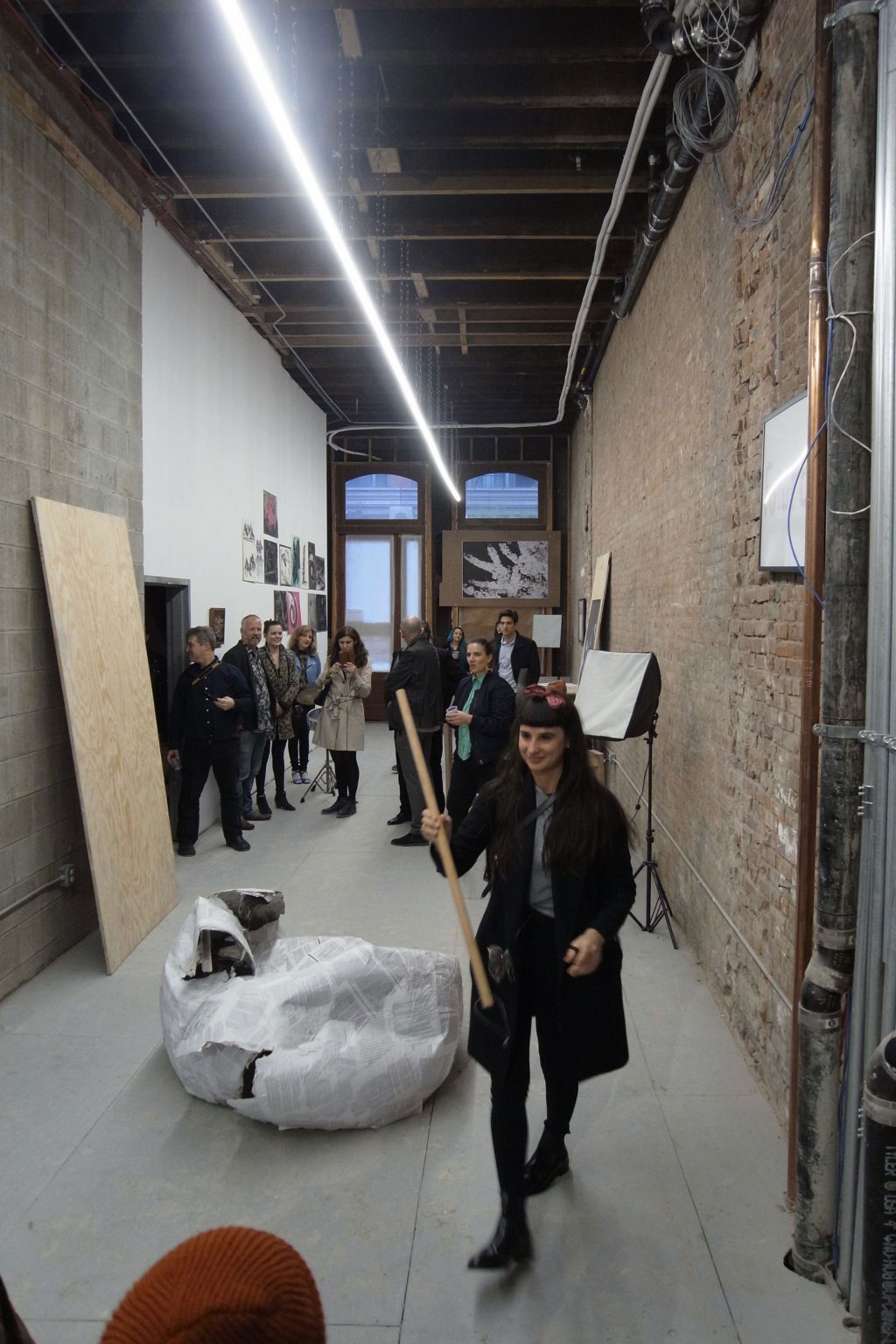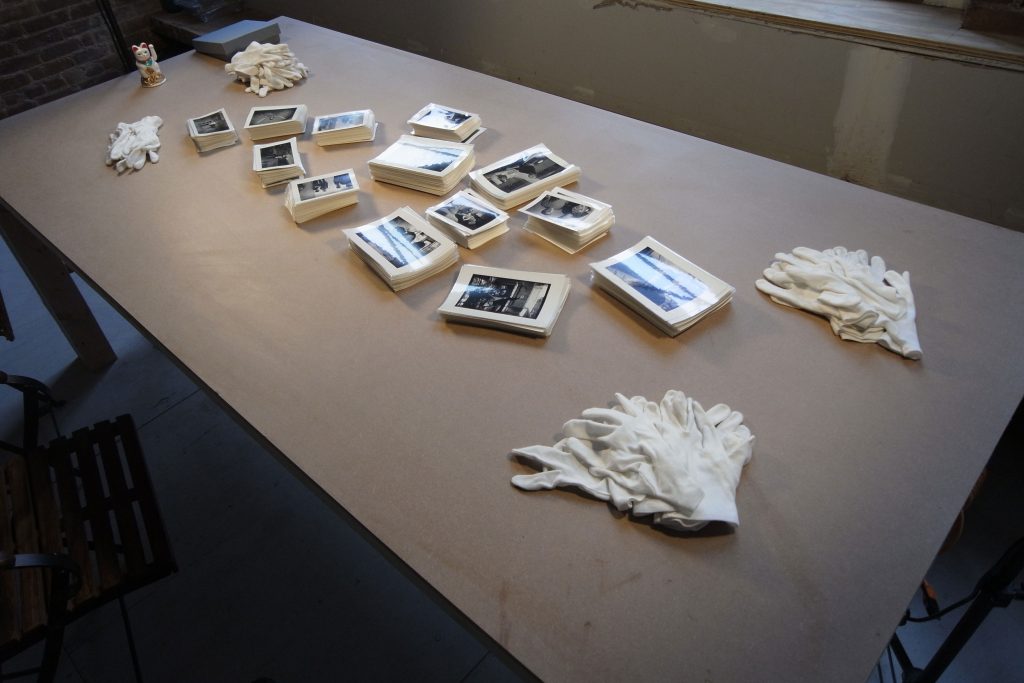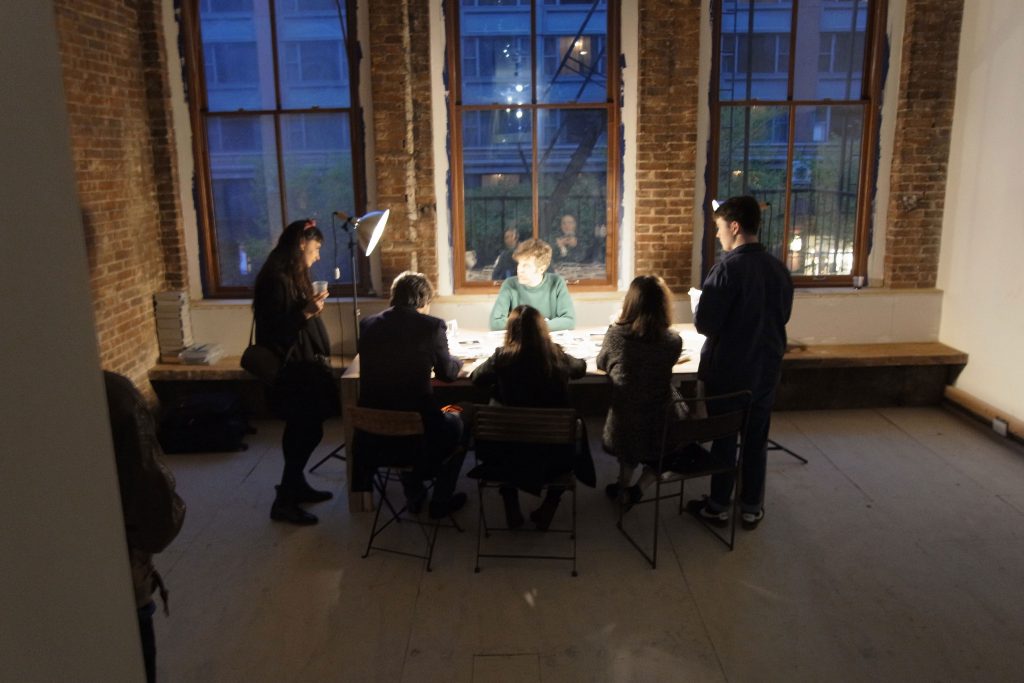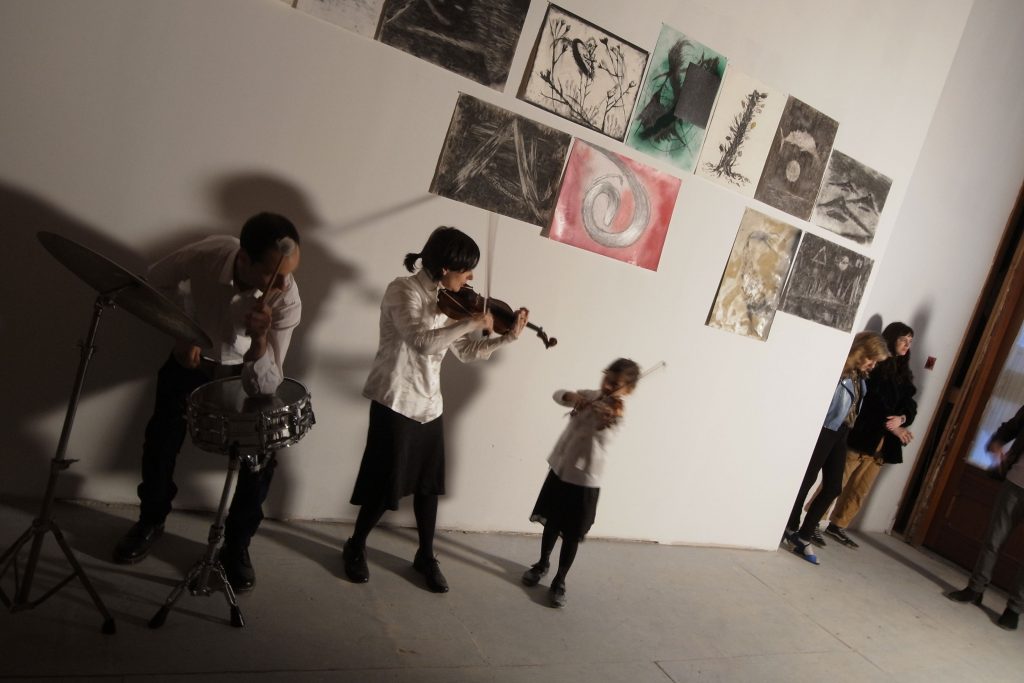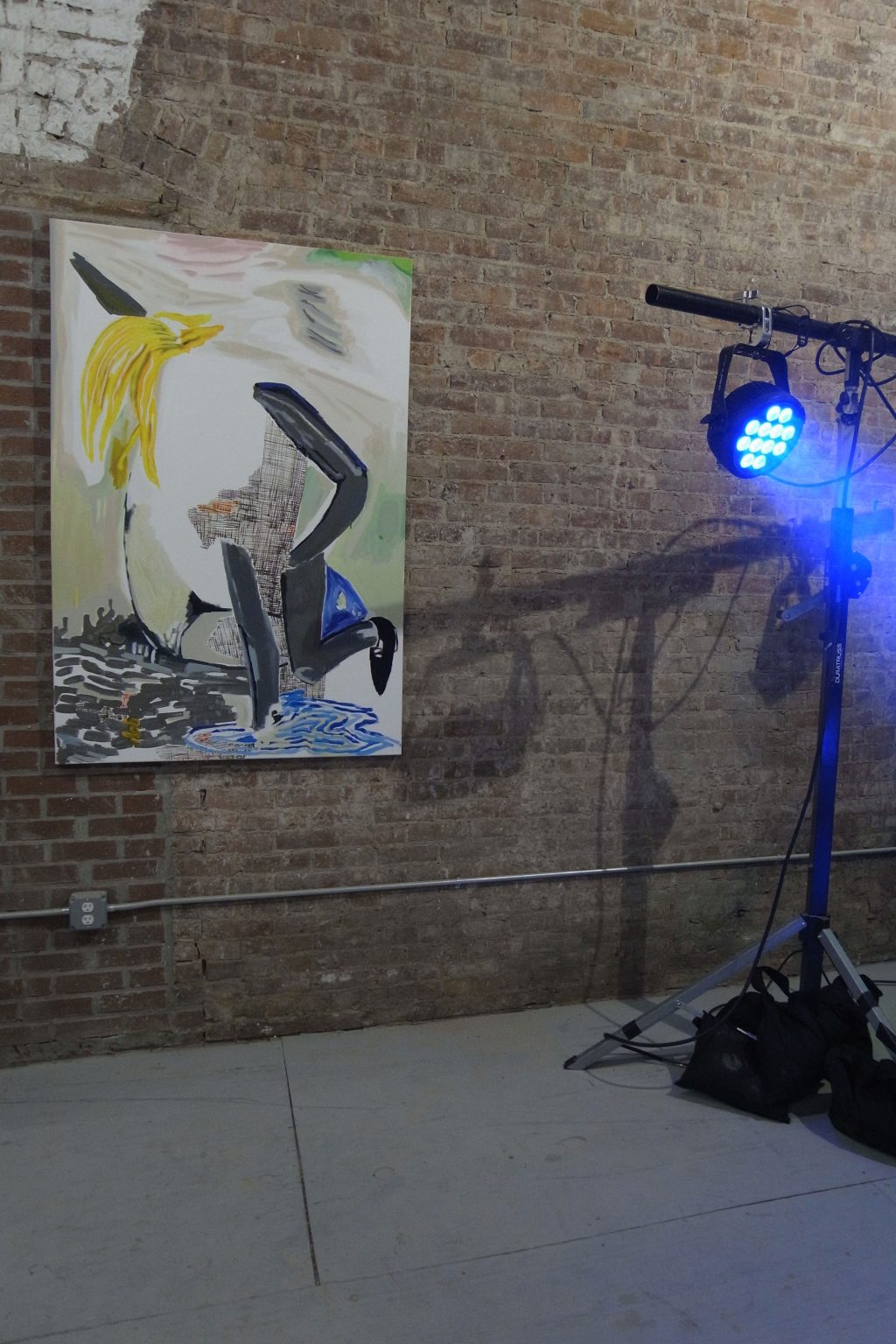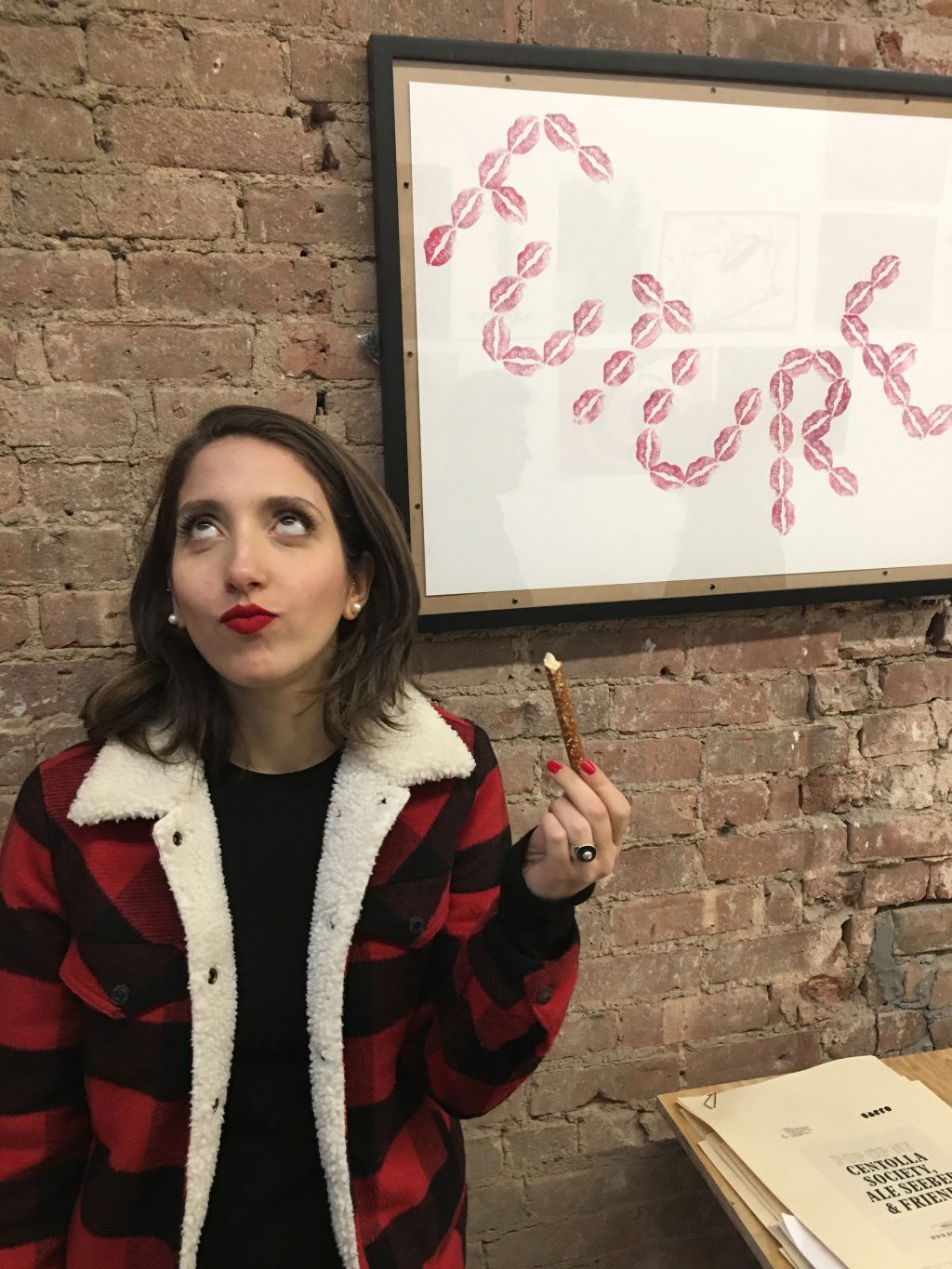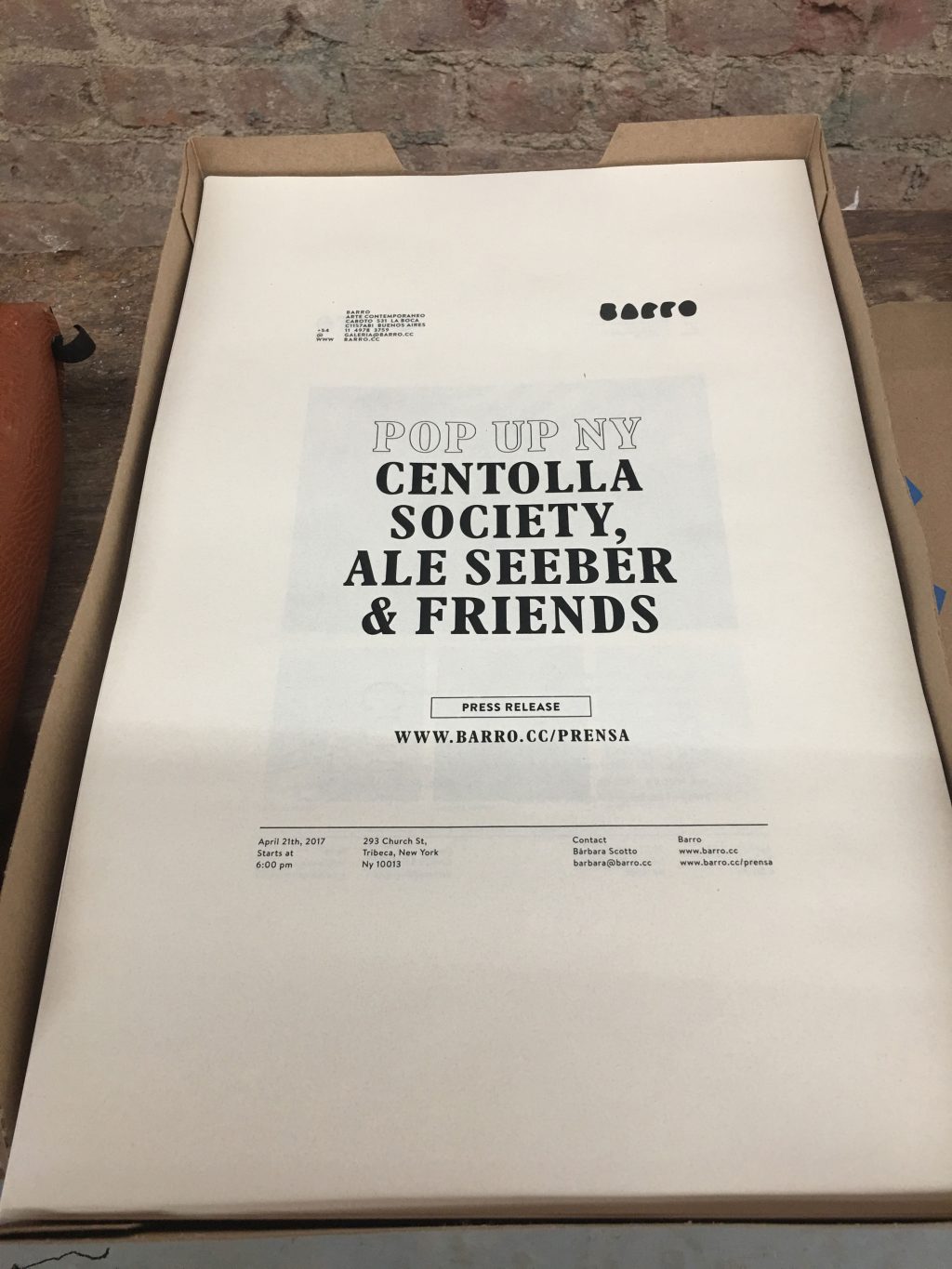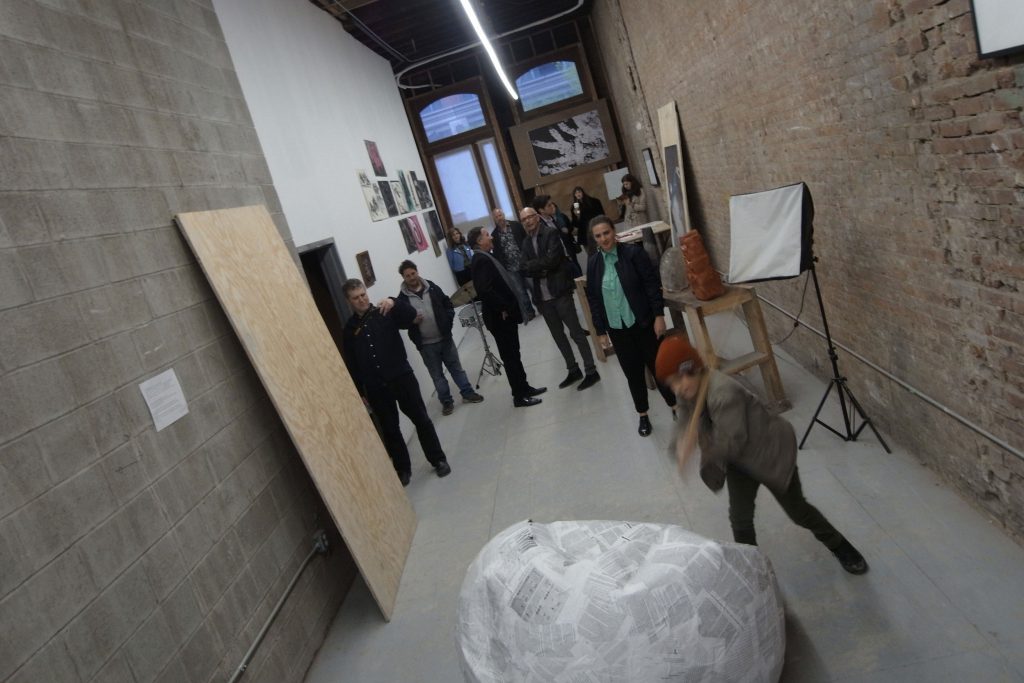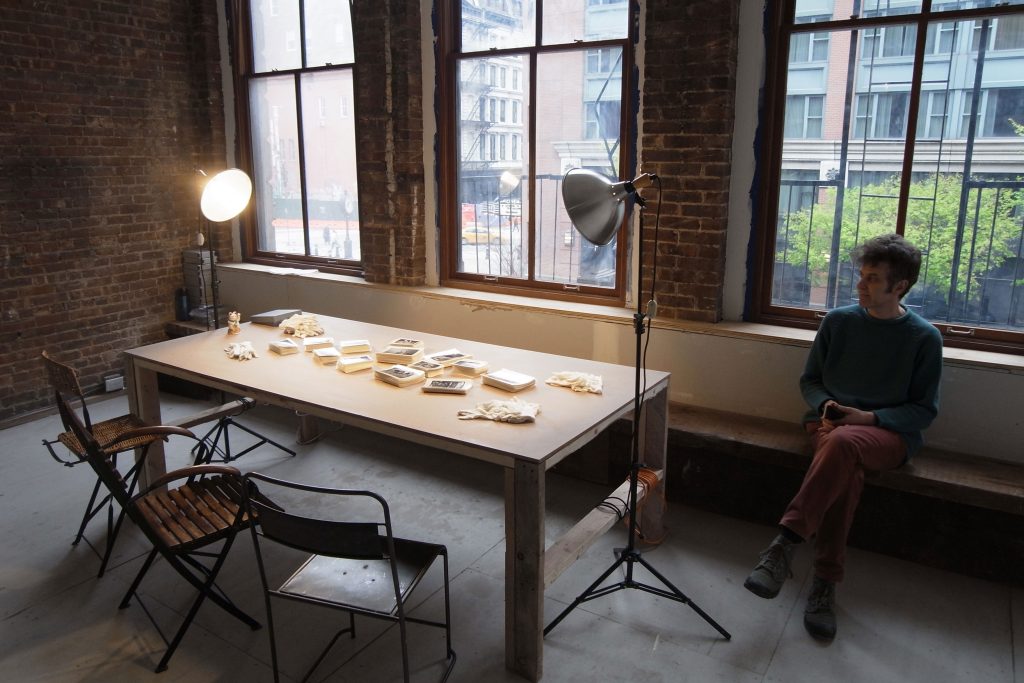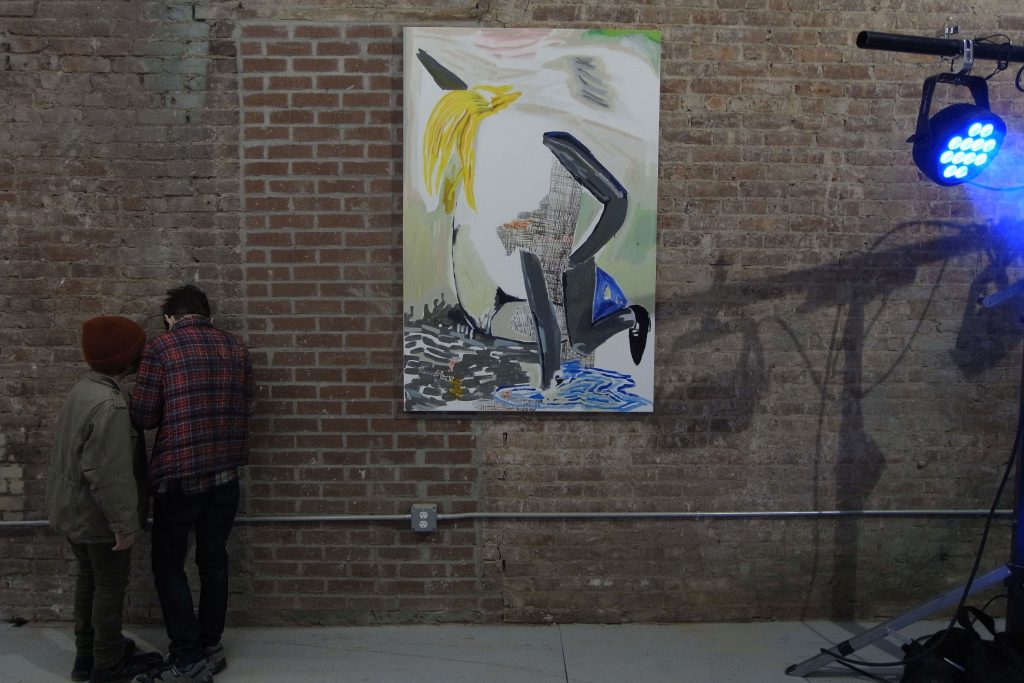Alejandra Seeber and Friends
Alejandra Seeber and Friends, Barro Pop up NYC, 2017
In the shape of a multidisciplinary installation and performance that is the first event organized by Barro in the United States and that will feature painting, sculpture, actions, live music, and texts by a vast array of acclaimed Argentine artists.
Inspired by the experiments of the late Sergio Avello, whose underground festive and defiant attitude seeped into mainstream Argentine art in ways only now being recognized, Seeber’s exhibition acknowledges the importance of collective celebration. Taking her cues from Avello, who presented a show titled Avello and friends in 1992, she has engaged colleagues to transform an empty rental space into a sprawling, intricate, ambitious installation that will honor collectivity and the transformative power of public assembly. The coming together of these cultural practitioners is not just one more artsy party; it affirms overall solidarity in a dark time that fosters extreme individuality.
The exhibition includes artworks and actions by Sergio Avello, Cecilia Biagini and Iloa Biagini ,Bibi Calderaro, Dolores Furtado, Mariano Farinaccio,Julio Grinblatt, Beatriz Hernandez, Aime Iglesias Lukin, Alejandra Seeber and Julieta Tetelbaum and Damian Alegretti
Alejandra Seeber and Friends is made possible by 293 Church Owners LLC.
Additional thanks to: Minus Space Gallery (representing Bibi Calderaro and Julio Grinblatt); and Ruth Benzacar (Julio Grinblatt)
The artist wishes to thank all of her friends.
PROGRAM:
Bibi Calderaro presents a suspended sculpture made of papier-mâché—the very material of this sculpture consists of paper pieces or pulp coming from essays addressing ethics, particularly texts about environmental changes. A prior rendering of the sculpture was presented in 2009, when the artist employed essays on theories of perception along with newspaper articles reporting on the 2008 financial collapse.
Dolores Furtado shows an ensemble of sculptures produced in her new studio in New York. The forms of these artworks are the result of the brutal gestures involved in their making, and their various colors and textures allow for different types of arrangements in space.
Cecilia Biagini plays violin with her daughter Iloa Biagini. The improvised sounds of the violins perform the idea of formlesness, testing how two bodies con come together (visually and musically) in an unscripted situation.
Julio Grinblatt presents Uses of Photography VII: Photographs (2016). Piles of photographs rest on a table awaiting for manipulation from the audience. Each photograph is a portrait of an Argentine artist. The general public can shuffle around these prints, according to their own taste and spontaneous instincts. The artists themselves can recognize their peers, observing a specific milieu and reinvigorating their involvement in their community. Yet despite recognizing or not who is portrayed, everyone can create temporary constellations that invite for further dialogue.
Art Historian Aime Iglesias Lukin creates a reading corner with books about the longstanding presence of Latin American artists in New York, focusing especially on Argentine migrants and on New York City as a magnet for cutting edge art.
Finally, the music from the violins will overlap with Alejandra Seeber’s performance orchestrated with choreographer and dancer Julieta Tetelbaum, titled Future lips 2017. This action revolves around a very pressing question: “What is the future today, in April 2017?” Part poetic dance, part meditation on what will come, part coda to this collective exhibition, Future lips 2017 foregrounds women as beings that can create new powerful opportunities.















